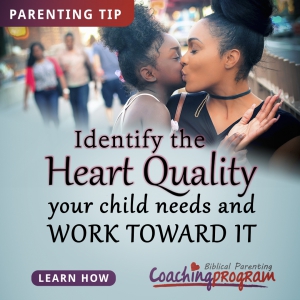First Understand These Key Ideas
Behavioral challenges come from one or a combination of three sources. Biological causes are things like ADHD, autism, bipolar disorder, or being hungry or tired. There’s a clear biological issue resulting in challenging behavior. Reactive causes are the result of one or more experiences in the past or patterns of relating. These include reactive attachment disorder, post-traumatic stress disorder, oppositional defiant disorder, or patterns of arguing or meanness. The third cause is spiritual. This has to do with a person’s spirit and includes their personality, self-concept, identity, and what they believe about themselves and their place in the world.
Here’s an example of how they all are related. Billy, age nine, has ADHD. That’s a biological issue. He has developed an anger problem and tends to argue whenever corrected. That’s a reactive issue. Billy also believes that he is a trouble-maker and that he is stuck and can’t change. That’s a spiritual issue. So, the three causes often overlap and complicate a situation.
The fact that there are three causes for behavioral challenges means that there are several buckets of resources to help bring about change. But don’t limit yourself to the biological bucket for biological causes, or the reactive bucket for reactive causes. Drawing from all of the buckets at the same time can provide a multi-faceted approach to change.

